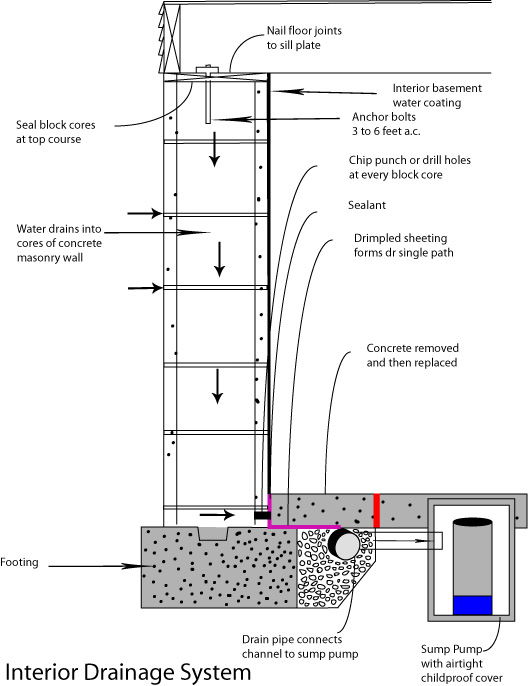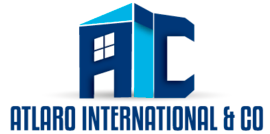
Interior-Drainage-System-Be
The most effective of the interior drainage systems is a perforated drainpipe installed inside the perimeter other footing. This requires removing and replacing concrete at the slab edge. By placing the drainpipe beneath the slab drains the area to a lower level. Similar to an exterior system, the drainage connects to a sump. The sump should have an airtight, childproof cover, and the discharge from the sump pump MUST be discharged to a location on the property that does not slope back to the home from which it is being pumped. Failure to do this will result in recycling other pumped water back into the sump system.
In cases where the basement walls are constructed from blocks (not a poured wall), a critical component of this waterproofing approach is the dimpled plastic sheeting placed at the base of the wall and beneath the slab edge. Dimpled sheeting is similar to a small egg crate and permits free drainage of the wall into the drainpipe. It is less expensive than many specialized drainage channel systems. In low permeability soils, this system cannot accept rising groundwater unless there is an aggregate layer under the slab.

Stay In Touch